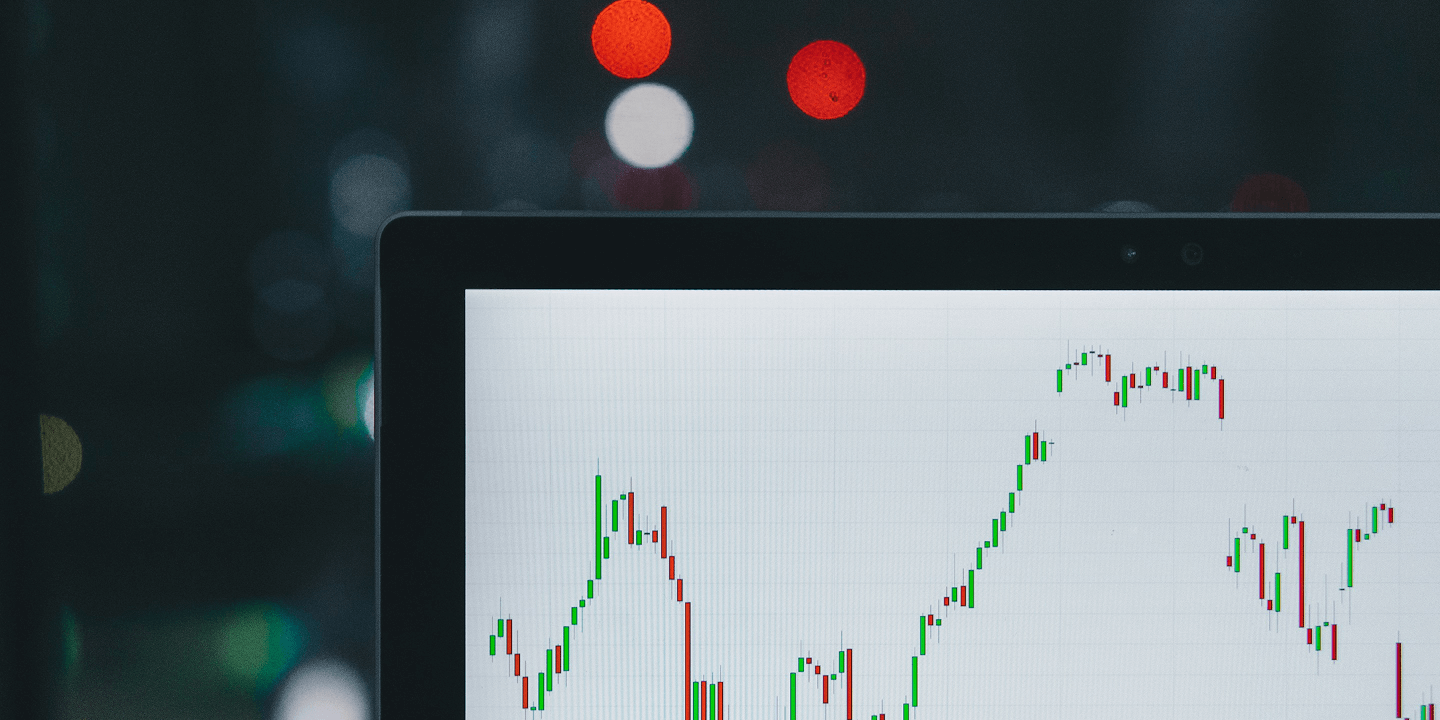Companies today are racing not just to cut costs or boost profits, but to shrink their carbon footprint—and the pressure to act has never been greater. Yet for many, the path to cleaner energy is far from straightforward. Directly powering operations with renewable energy can be complex, costly, or simply unavailable in certain regions.
This is where Renewable Energy Certificates (RECs) come into play. As proof that green energy has been generated and fed into the grid, RECs offer companies a practical way to claim renewable energy use and reduce their Scope 2 emissions—the indirect emissions from purchased electricity.
Each REC represents the environmental attributes of one megawatt-hour (MWh) of electricity generated from renewable sources such as wind, solar or hydro. This allows companies to credibly claim the use of green energy, even when direct renewable sourcing is not feasible. However, not all RECs are created equal. Understanding where they come from and how to use them strategically is key to making meaningful progress.
How Companies Use RECs in Sustainability Strategies
- Reducing scope 2 emissions: RECs enable companies to offset emissions from purchased electricity by supporting renewable energy generation elsewhere. This offers a practical and accessible way to reduce carbon footprints without the need for immediate capital investment in renewable infrastructure.
- Strategic sourcing: Companies can purchase RECs from regions with strong renewable energy potential, aligning procurement with local operations or broader sustainability goals. For instance, semiconductor companies use RECs in markets where direct renewable sources are limited, complementing onsite generation and Power Purchase Agreements (PPAs).
- Enhancing corporate reputation: Investing in RECs demonstrates a strong commitment to sustainability and support for green energy, enhancing brand image and building stakeholder trust. It also aids compliance with regulatory requirements and voluntary sustainability reporting, which they are increasingly recognised as credible proof of renewable energy use.
- Supporting renewable energy markets: By purchasing RECs, companies provide financial incentives to renewable energy producers, encouraging the expansion of clean energy infrastructure and technological innovation.
Key Considerations for Companies
- Conduct an energy consumption audit to determine the volume of RECs required to meet your sustainability targets.
- Choose purchasing channels—whether directly from retailers or through a trusted partner like Climate Impact X (CIX)—based on transparency, price and strategic alignment.
- Prioritise RECs that are verifiable, unique and regionally relevant to ensure environmental integrity. CIX supports RECs certified by internationally recognised standards including: I-RECs (Electricity) issued under the Evident Registry; China’s Green Electricity Certificates (GEC); and Tradable Instrument for Global Renewables (TIGR) which are commonly used across Asia. These certificates provide assurance of transparency, credibility and alignment with global sustainability standards.
For further information or queries on your Renewable Energy Certificates (RECs) needs, reach out at contact.us@climateimpactx.com.
Download Paper
Discover the top REC sourcing countries, and how leading manufacturing companies are utilising RECs to meet sustainability goals and reduce Scope 2 emissions.
RECs Guide Form
"*" indicates required fields











